View attachment 1672106
Is it not
Strange, the "Trees" in question all appear to be of the same size, , no smaller ones or larger ones, all arranged in a designated area...as if they were
Planted at the
Same Time?
Is it not
Bizarre, the "Trees" in question have no pictures showing them growing on the Mainland or any of the several hundred Islands, surrounding Oak Island?
Is it not
Strange, the "Trees" in question all died at roughly the Same Time?
Is it to be
Believed, the "Trees" in question are what gave Oak Island its Name?
There were large Red Oaks on the island as shown by pictures of Lot 5's untouched Habitat.
View attachment 1672110
Maybe the
Truth Is, the "Trees" in question had a purpose for
Being There!





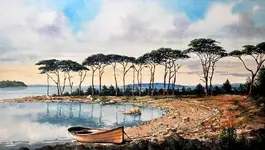
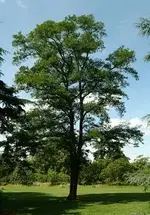
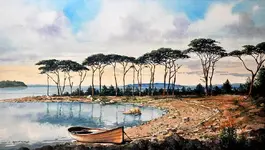
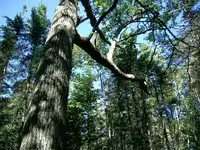
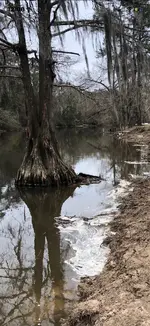

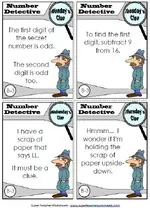
 .
.